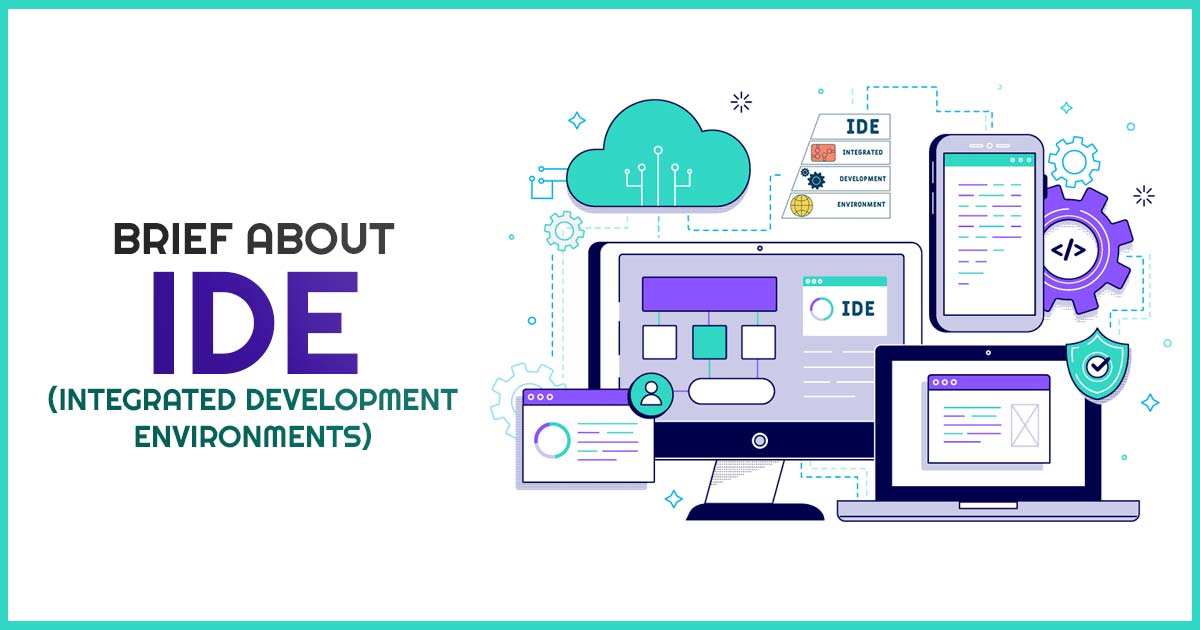
IDE Showdown: Finding Your Ideal Integrated Development Environment
In the dynamic realm of software development, an Integrated Development Environment (IDE) stands as a developer’s digital workshop—an environment where code is crafted, tested, and optimized. This showdown explores various IDEs, each offering a unique set of features and tools, to help developers discover their ideal coding companion.
Understanding Integrated Development Environments (IDEs)
An IDE is a comprehensive software application that combines essential tools for software development in a unified interface. From code editing and debugging to version control and project management, a robust IDE streamlines the development process and enhances productivity.
1. Visual Studio Code (VSCode): The Open Source Marvel
– Overview: Visual Studio Code, developed by Microsoft, is a free and open-source code editor known for its lightweight design and extensibility.
– Key Features:
- Rich extension marketplace.
- Built-in Git integration.
- IntelliSense for smart code completion.
– Pros:
- Lightweight and fast.
- Active community support.
- Excellent debugging capabilities.
– Cons:
- May lack some features of full-fledged IDEs.
2. IntelliJ IDEA: The Java Virtuoso
– Overview: IntelliJ IDEA, developed by JetBrains, is a robust IDE primarily focused on Java development, but supports various languages through plugins.
– Key Features:
- Intelligent code completion.
- Advanced code analysis.
- Integration with build tools like Maven and Gradle.
– Pros:
- Powerful refactoring tools.
- Excellent support for Java and Kotlin.
– Cons:
- Heavier compared to lightweight editors.
3. Eclipse: The Versatile Workhorse
– Overview: Eclipse is a widely-used, extensible IDE that supports various programming languages, making it a versatile choice for diverse development needs.
– Key Features:
- Extensive plugin ecosystem.
- Integrated development for multiple languages.
- Rich debugging and profiling tools.
– Pros:
- Open-source and highly customizable.
- Strong support for Java development.
– Cons:
- Steeper learning curve for beginners.
4. Xcode: The Apple Ecosystem Essential
– Overview: Xcode is the official IDE for Apple platforms, including iOS, macOS, watchOS, and tvOS app development.
– Key Features:
- Interface Builder for UI design.
- Swift and Objective-C support.
- Integrated testing and debugging.
– Pros:
- Seamless integration with Apple technologies.
- Robust simulator for testing.
– Cons:
- Limited to Apple ecosystem development.
5. NetBeans: The Jack of All Trades
– Overview: NetBeans is an open-source IDE with support for multiple languages, offering a balance between simplicity and functionality.
– Key Features:
- Maven-based project management.
- Support for various languages.
- Profiling and debugging tools.
– Pros:
- Lightweight and fast.
- User-friendly interface.
– Cons:
- Smaller community compared to some IDEs.
Choosing Your Coding Companion
The choice of an IDE is a deeply personal one, often influenced by the programming languages you work with, the ecosystems you engage in, and your preferred development workflows. While some developers may find comfort in the lightweight simplicity of Visual Studio Code, others may appreciate the feature-rich environment of IntelliJ IDEA or the versatility of Eclipse.
Ultimately, the ideal IDE is the one that aligns seamlessly with your coding preferences, enhances your productivity, and provides an enjoyable development experience. Experiment with different IDEs, explore their features, and find the one that becomes your trusted companion in the world of coding.
Whether you’re developing enterprise-level applications, mobile apps, or contributing to open-source projects, your coding journey begins with the right IDE by your side.
